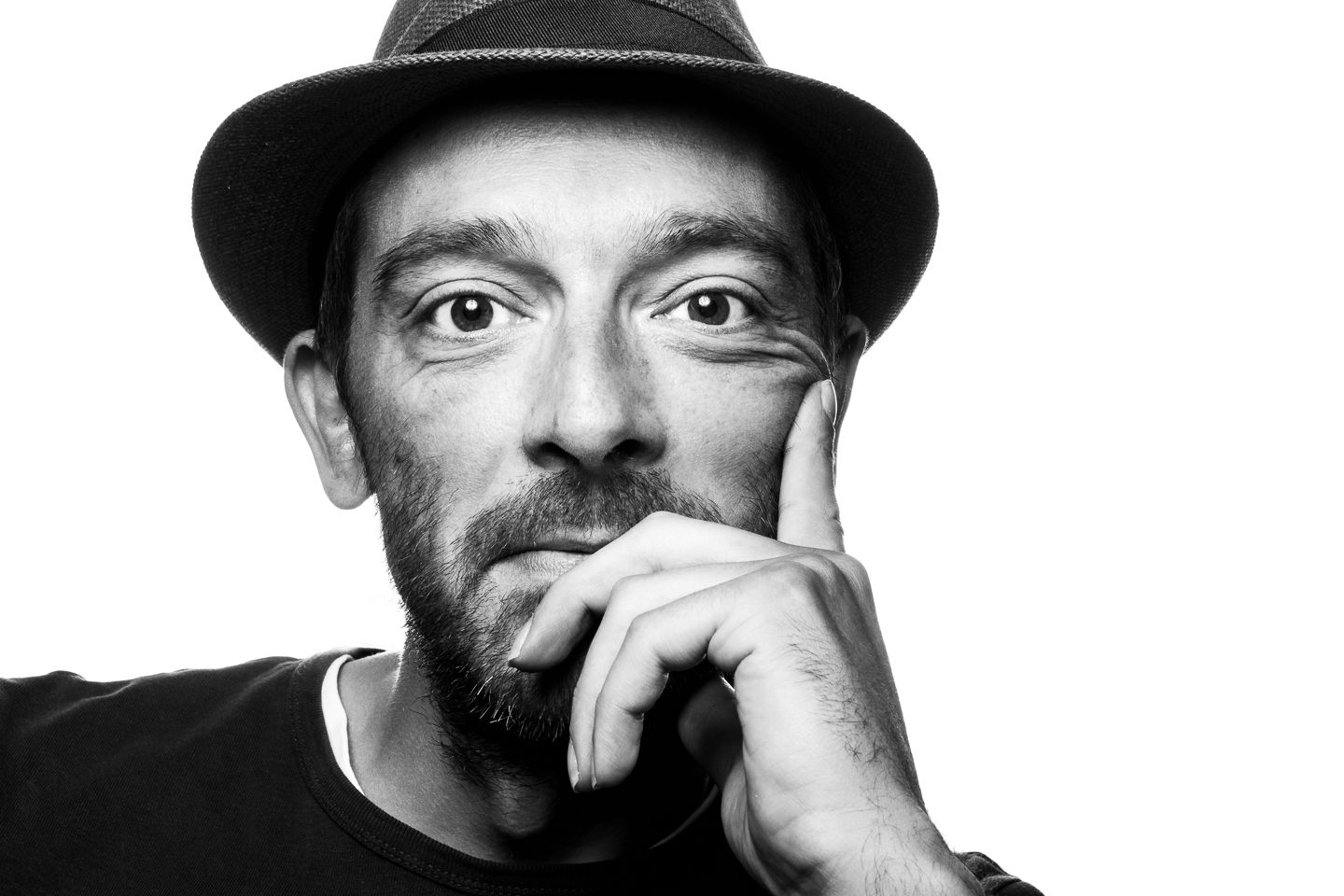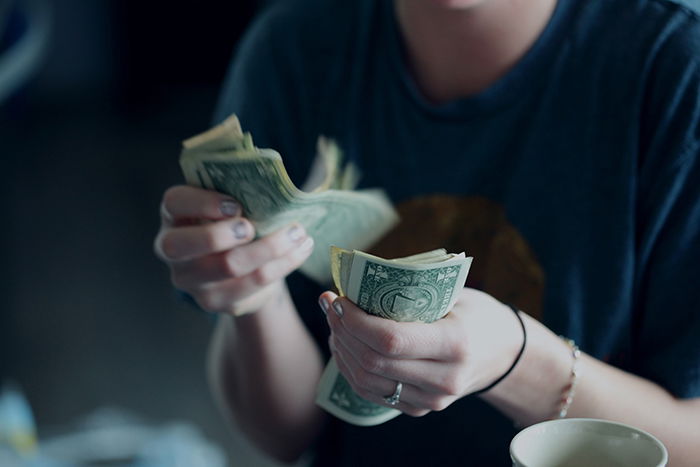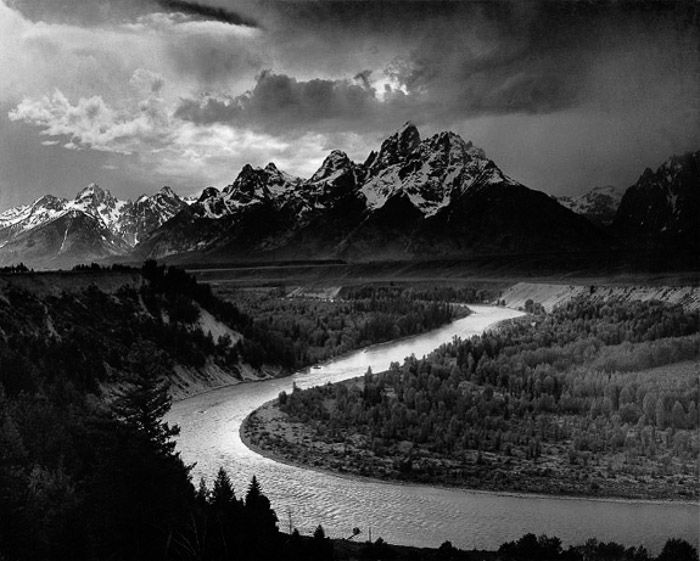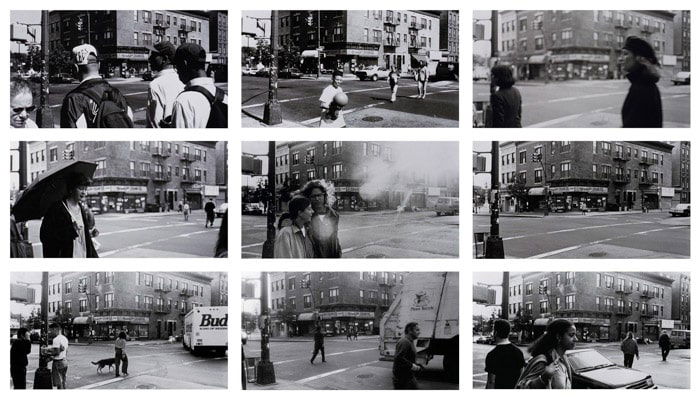9 Fashion Photography Ideas for Inspiration
Fashion is a constantly evolving genre, so coming up with ideas for fashion photography may be difficult.
Today, we will guide you through a number of different photographic approaches to fashion photography. Understanding how these styles are created will help you create your signature style!
We will cover different fashion photography genres and look at multiple editing approaches you can take to achieve different styles. Each section has a dedicated article. So, if you want more information on any subject, click the links!
Fashion Photography Ideas
Fashion photography is a powerful force that not only defines generations but also disrupts its traditions. Striking a balance between the timeless and the contemporary in fashion photography can be a fascinating challenge, one that is enriched by a deep understanding of its history.
If you are starting out in fashion photography, we recommend you try out every style to see which one you prefer. It is also worth trying out the styles you don't like, as you may learn techniques that help you create your visual language.
Editorial
Editorial photography is the staple mark of fashion photography. These are the photoshoots that exist in fashion magazines and online websites. It is important to know what has been done previously so you can bring your new and fresh ideas to the table. Let’s look at some key points to consider when shooting editorial fashion photography.
Start with a clear idea for your fashion editorial photoshoot. Write down keywords and find photos for inspiration. This will keep your photos consistent.
You should also collaborate with a team of talented make-up artists, stylists, and hairstylists. Guide them so everyone’s on the same page during the photoshoot.
Find 1-2 locations that fit your theme and won’t distract from the model. Many fashion editorials are shot in studios, beaches, or parks.
Also, use different angles and poses to keep your photos exciting. Take your model’s advice on poses they feel confident doing. Break photography rules to develop your own style.
To learn more about the creative process behind editorial fashion photography, check out this in-depth article.

Runway
Runway photography is an exciting way to capture the latest fashion trends. To get started, attend small, local fashion shows and observe how they operate. Bring a camera that’s allowed, such as a point-and-shoot with zoom if professional gear isn’t permitted.
Choose a fast lens with a wide aperture like f/1.8 for low light and blurred backgrounds. Set your camera to Aperture Priority mode and use an ISO between 500-800. Focus on the models’ eyes and include details of the outfits to highlight the atmosphere.
Move around to photograph from multiple angles when possible. As you gain experience, build a portfolio and contact event organizers to get a media pass. Runway photography takes practice, but with these tips, you’ll be mingling with the pros in no time.
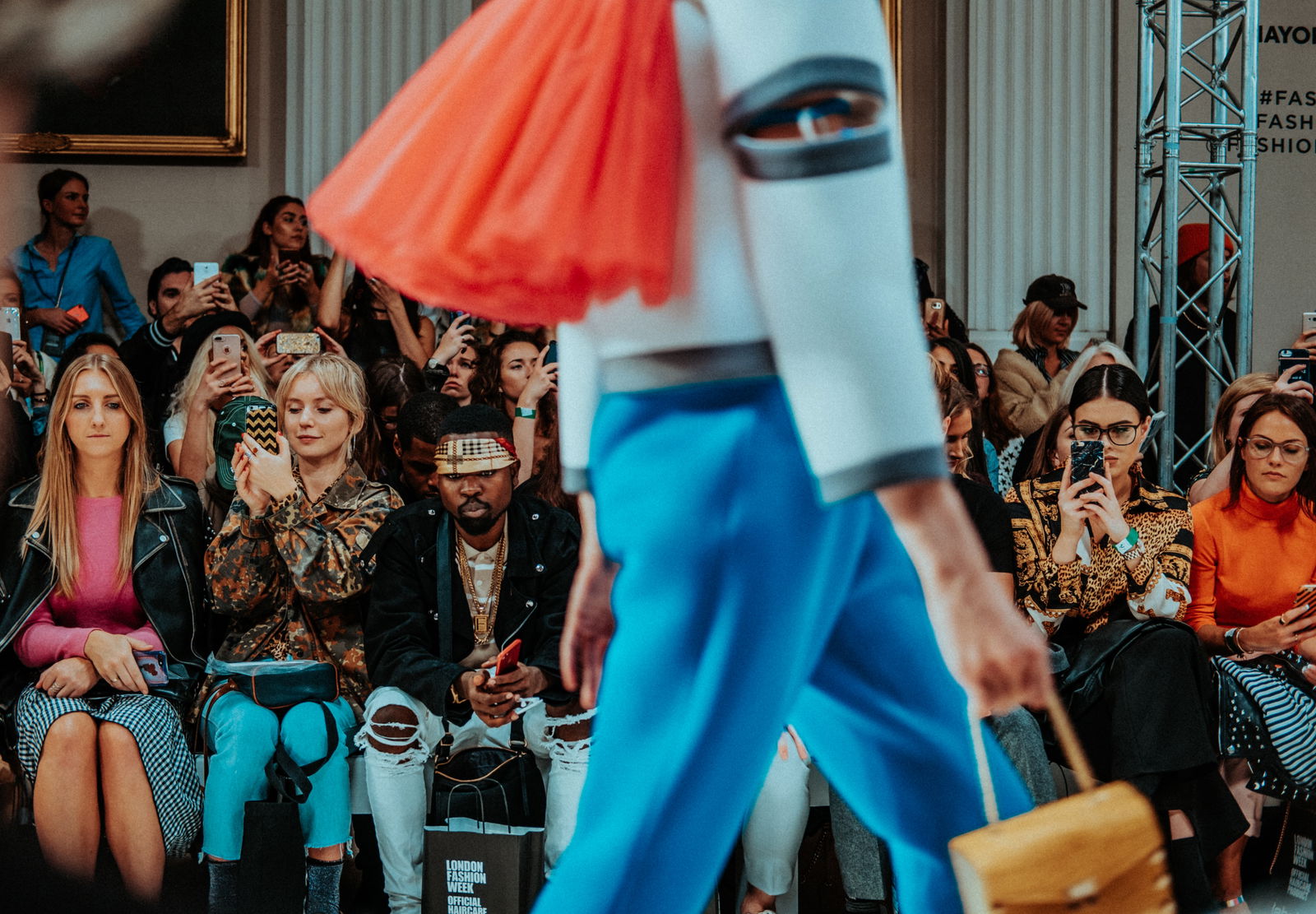
High Fashion
High fashion photography captures the essence of luxury and glamour. It’s all about creating beautiful, dreamlike images that showcase high-end style.
To shoot high fashion, you’ll need to understand the different genres and styles. Editorial photography tells a story through a series of images, often revolving around a theme. Beauty editorials focus on the face and top half of the model to highlight jewelry, hairstyles, and makeup.
Catalog shots are simple, with minimal styling and plain backgrounds to bring focus to the outfit. Lookbooks combine catalog and lifestyle photography to show different ways to wear clothes in everyday situations.
Click here if you want to learn more about high fashion photography.
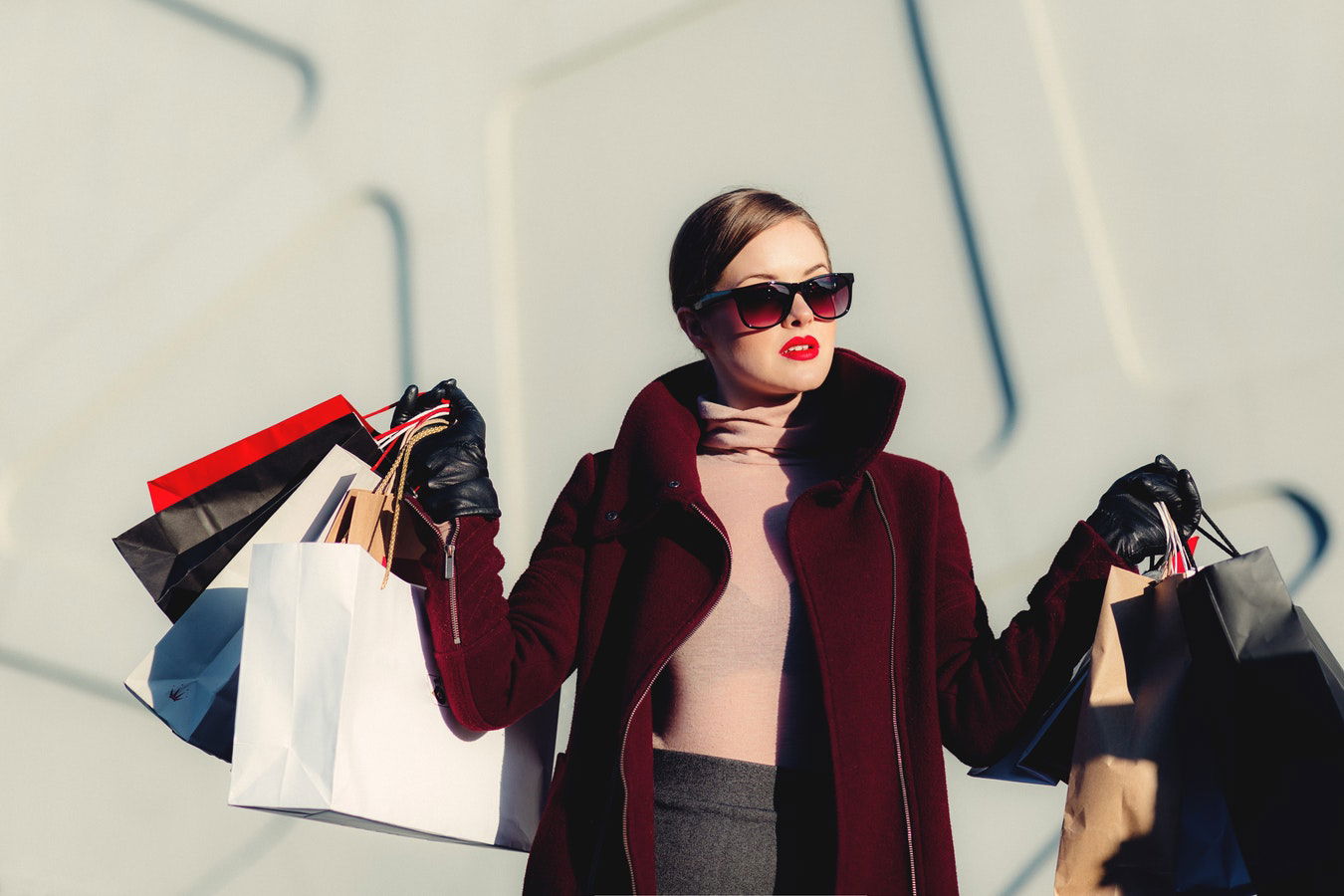
Vintage
Vintage photography is making a comeback. To create your own vintage photos, study the limitations of old film cameras and lenses. They produced soft images with grain and little contrast.
Choose a theme for your photoshoot, like 19th century portraits or 1920s group shots. Shoot with classic compositions using the rule of thirds. Pose your subjects in a rigid, static way or have them be silly and spontaneous.
Imperfections make vintage photos authentic. Don’t fix light leaks, dust, or grain in editing. Instead, use programs like Photoshop or free alternatives to lower contrast, desaturate colors, or add a sepia tone. Stage your scene with vintage clothing, props, and locations while avoiding anything modern. Vintage photography is a time machine to the past.
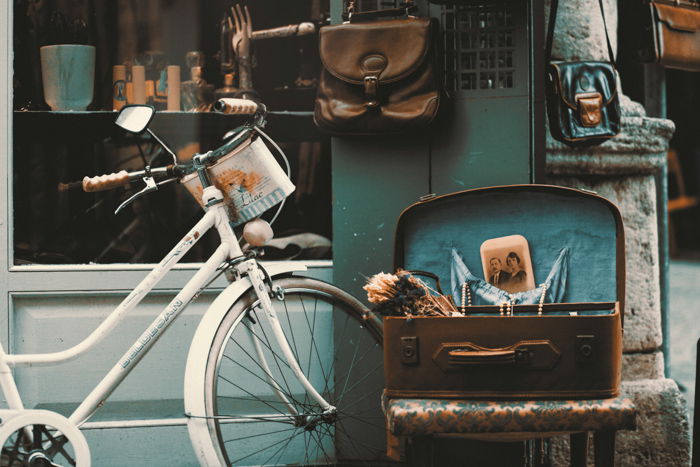
Lookbook
A fashion lookbook is a great way to showcase clothing in a lifestyle setting. Unlike catalogs with plain backgrounds, lookbooks feature models in real-life backdrops.
To create a lookbook on a budget, ask friends to model or use websites like Model Mayhem to find beginners who need portfolio work.
Make the most of props you already have to complement the clothing and create different styles. Keep things simple to avoid overpowering the featured product.
Find backdrops that match the vibe of the clothes, like urban areas for streetwear or cozy cafes for a relaxed feel. Stick to clean backgrounds with few distractions.
Use natural light during the golden hour for a beautiful glow, or shoot under bright artificial lights at night.
Keep poses simple, with the model standing casually or interacting with the environment. Lookbook photography is a great way to learn fashion photography without the intimidation of editorials.
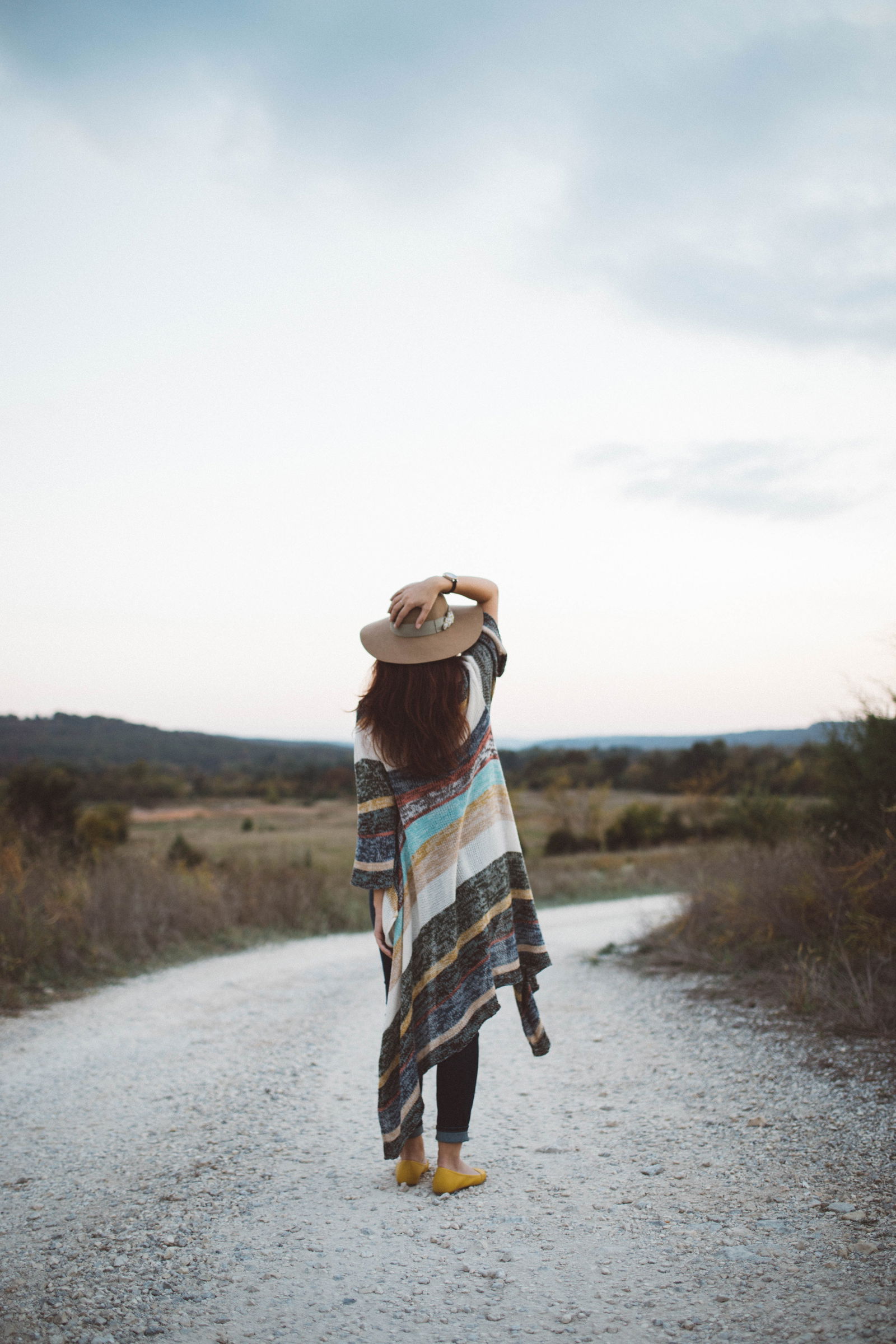
Artistic
Let’s now take a look at how we can create more artistic fashion photoshoots. You should use your location to find unique angles and perspectives. Shoot from high up or down low to show a point of view people don’t usually see. Try the dutch tilt by shifting your frame sideways for an edgy look.
Experiment with vintage film lenses for unusual effects like soft focus or beautiful bokeh. Prisms can also create kaleidoscopic effects, soft focus, and glints. Use color gels on your lights to enhance the mood of your photos.
Capture motion with long exposures or combine multiple exposures for creative results. Selective coloring can highlight the model’s clothes. And don’t forget about the classic, nostalgic look of black and white.
To learn more, read this in-depth guide on artistic fashion photography.
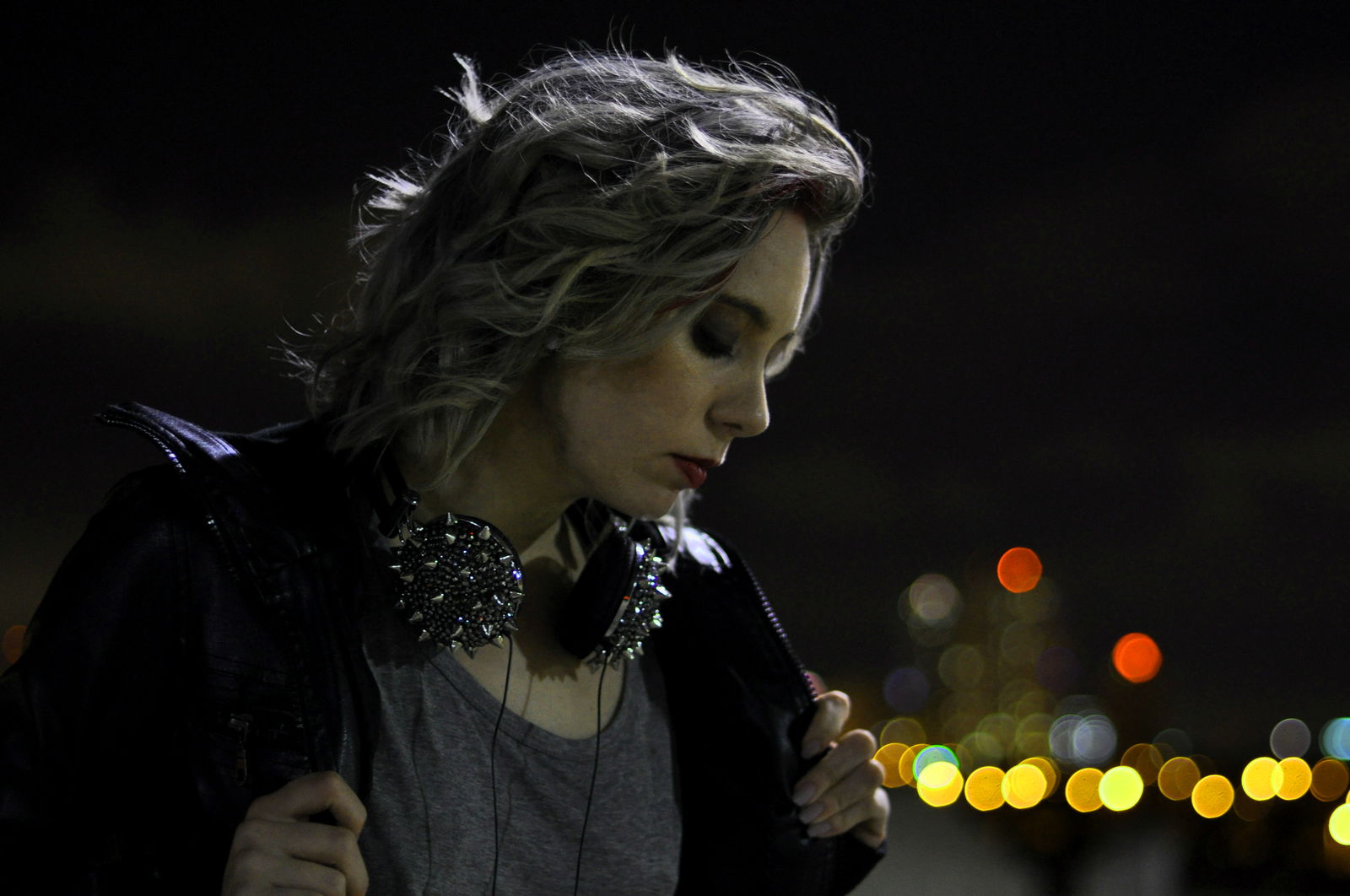
Black & White
Black and white fashion photography is a timeless art form that can create striking and emotive images. By removing color, the photographer can focus on the subject’s expressions, textures, and the interplay of light and shadow. This creates a raw and honest perspective that draws the viewer into the photograph.
To capture the best black and white portraits, it’s important to plan your shoot carefully. Consider the lighting, location, and your model’s posing to create the mood and story you want to convey.
Experiment with different apertures and ISO settings to create separation between your subject and the background, and to add dramatic grain to your images.
When editing your black and white portraits, you can use tools like filters, curves, and clarity to deepen shadows, brighten highlights, and add contrast to your photos.
You can also add subtle grain or scratch textures for a vintage film effect. With practice and experimentation, you can learn black and white portrait photography and create stunning, soulful images that capture the essence of your subject.
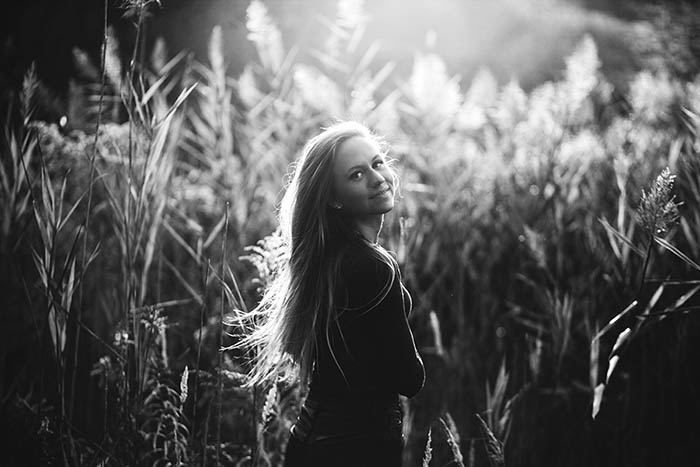
Low Key
Low key black and white photography creates moody, atmospheric images. It’s often used for portraits and fine art nudes. The key is controlling the light to produce deep shadows and highlights.
Use a single main light considerably brighter than the ambient light. Carefully position the light and subject to reveal or hide details with the shadows. Remember, your camera captures a narrower dynamic range than your eyes see.
When editing, darken the shadows to eliminate unwanted detail captured by your camera. Adjust contrast, blacks, whites, and highlights to exaggerate the low key effect. Be careful not to overdo the adjustments, which can degrade image quality.
Low key black and white photography requires precise exposure and thoughtful editing to achieve the signature high contrast look.
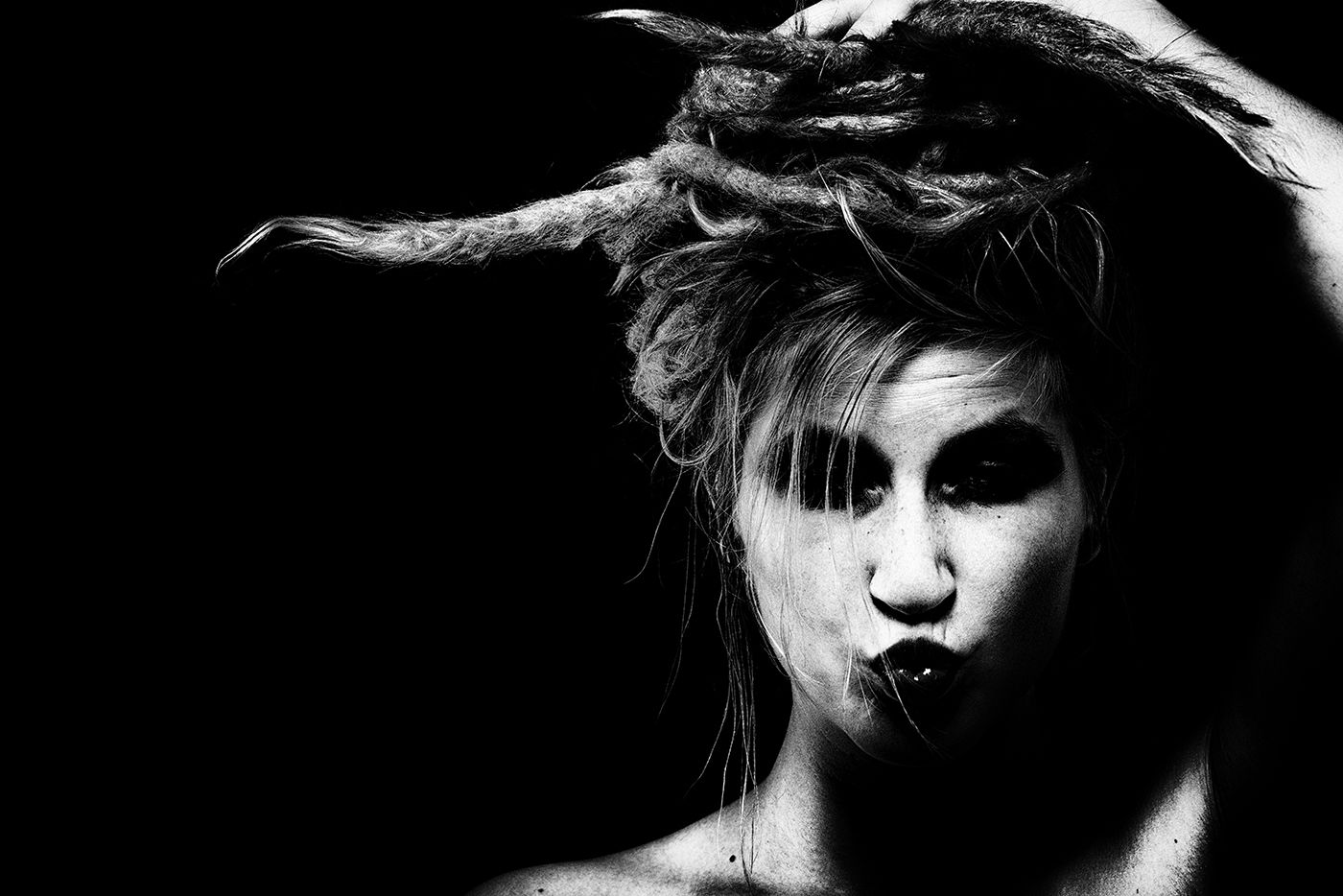
High Key
High key portraits with a tight frame, high contrast, shadows on the cheeks, and a white background are the hallmarks of the Platon photography style. While you may not be photographing celebrities, you can still create stunning portraits using this technique.
To achieve this look, you’ll need a couple of flash guns, light stands, and a small umbrella. Position the main light slightly above and in front of the model for a butterfly lighting effect. Use flags on either side of the model to deepen the shadows on their cheeks.
When editing the portrait, crop tightly, convert to black and white, and whiten the background. Adjust the brightness and contrast, and dodge and sharpen the eyes. Experiment with different angles and props to add your own creative touch to this classic portrait style.
To dive deeper into creating platon photography portraits, we have a comprehensive guide that covers everything from gear to editing.
